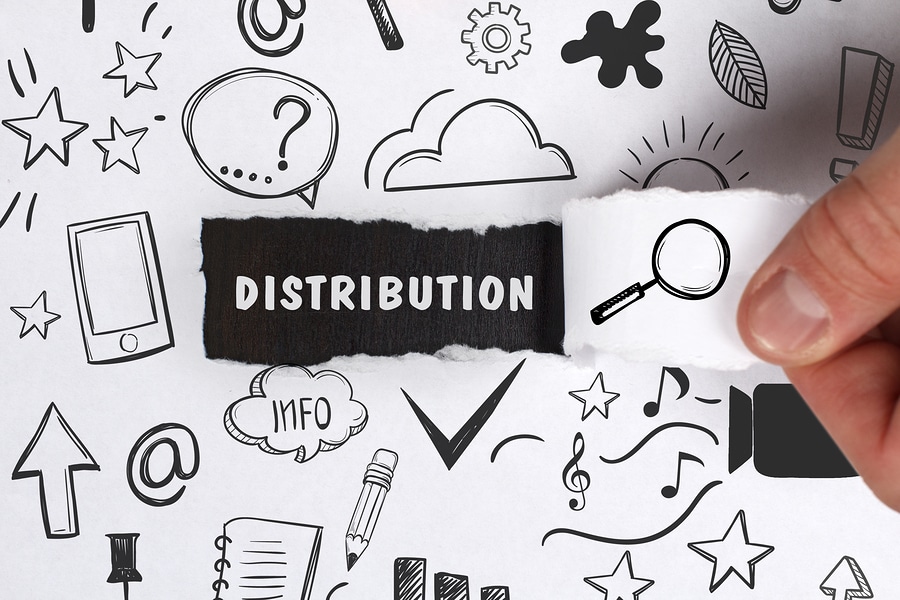It’s not enough to write great content, post it to your website, and hope people find it. By creating an effective content distribution strategy, you can expand your content reach as well as its impact and, ultimately, engage more members of your target audience. By putting your content in front of a wider audience, you can generate greater brand awareness and garner attention from those who might otherwise not be familiar with your products or services. Before you define your content distribution strategy, consider
- why you want readers to engage in your content;
- who your target audience is; and
- how, when, and where your audience consumes content.
While spending a significant chunk of your time researching and testing the right distribution channels might seem overwhelming, it can be a worthwhile investment. When you comprehensively consider where, when, and how your prospects or clients might engage with a single piece of content and strategize accordingly, greater prospect attention and content engagement become much more likely.
Your options for optimizing content
Great opportunities for your business exist in owned, earned, and paid media channels. Optimize your content distribution strategy to help grab the attention of company decision-makers most relevant to your business through:
1. Paid distribution channels
Paid distribution includes “running paid search ads in AdWords, placing sponsored content or ads on Facebook,” and more options that can help expand your reach significantly. The problem, however, is that paid reach is not sustainable. Once you stop funding your presence, it diminishes. However, 3.196 billion users worldwide are active on social media, so paying for an extra “push” now and then can be beneficial.
2. Earned distribution channels
Earned distribution, such as mainstream media coverage and guest posts on others’ blogs, can be a highly impactful means of distribution. According to the Content Marketing Institute article, these channels can “exponentially increase your reach and engagement without having to significantly increase your output.” Never underestimate the power of influencer marketing. These channels, however, are also the most difficult to pursue.
3. Owned distribution channels
Owned distribution channels include your website content, blogs, email newsletters, and LinkedIn publications. These channels also include your “branded” properties, such as your company social media accounts: Twitter, Facebook, Google Plus, and, most important to B2B professionals, LinkedIn. Owned distribution channels are key for content distribution as they enable full control, allowing you to maximize your opportunities. For instance, if you recently created a stellar blog, don’t just post it to your blog page and forget it. You could also
- create a distribution list and send it out in an email,
- post the blog link accompanied by clever teasers to your social media platforms,
- share it in relevant LinkedIn groups,
- add a link to the blog in newer blogs when appropriate, and,
- when enough time passes, repost as an “in case you missed it” piece.
Be mindful of your distribution frequencies and tactics. It’s important to distribute content consistently, but don’t overwhelm your audience. Return to the step in which you determined your target base, and don’t spam disinterested parties or groups — it will likely only backfire. Choosing the right distribution channels is also extremely important to ensuring longer content lifespans. And having a healthy content mix can increase the likeliness of greater audience engagement and content marketing success.
 LinkedIn is a powerful distribution channel, and using the platform should play a key role in any B2B content marketing strategy. Learn why content marketing in combination with social selling should be your most profitable marketing investment by participating in our webinar, The Missing Links to LinkedIn Success! Register here.
LinkedIn is a powerful distribution channel, and using the platform should play a key role in any B2B content marketing strategy. Learn why content marketing in combination with social selling should be your most profitable marketing investment by participating in our webinar, The Missing Links to LinkedIn Success! Register here.




